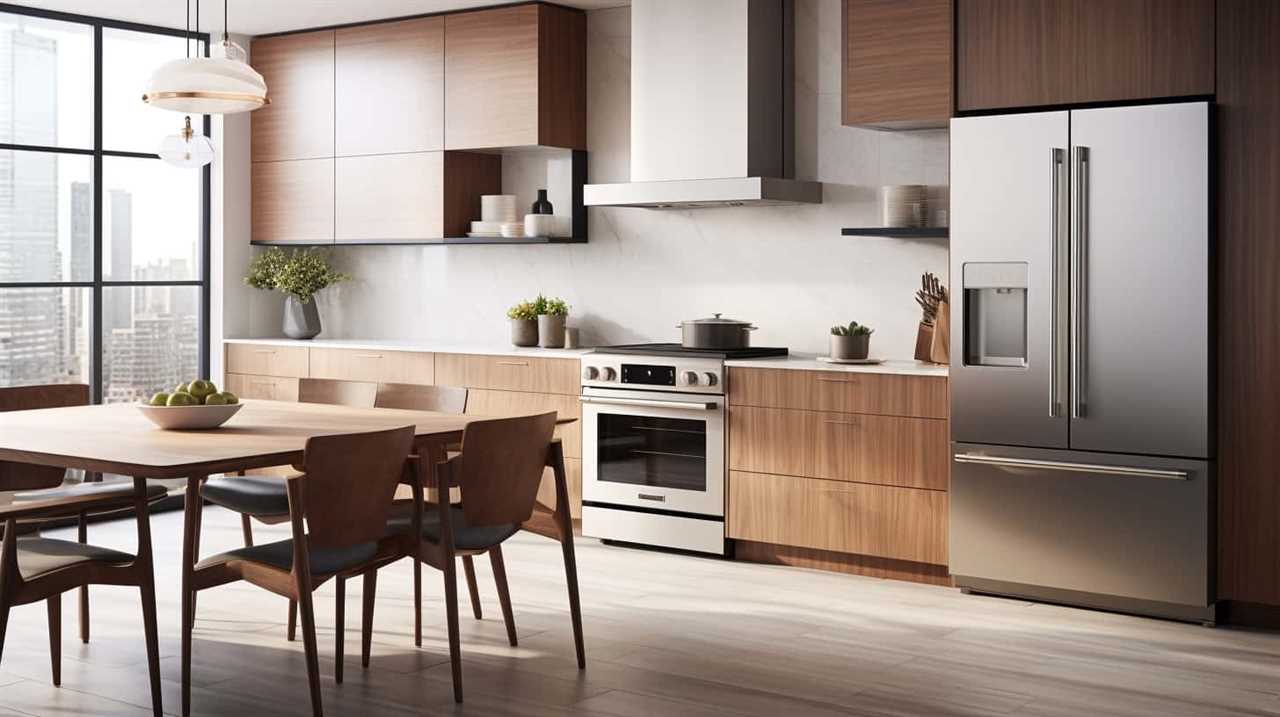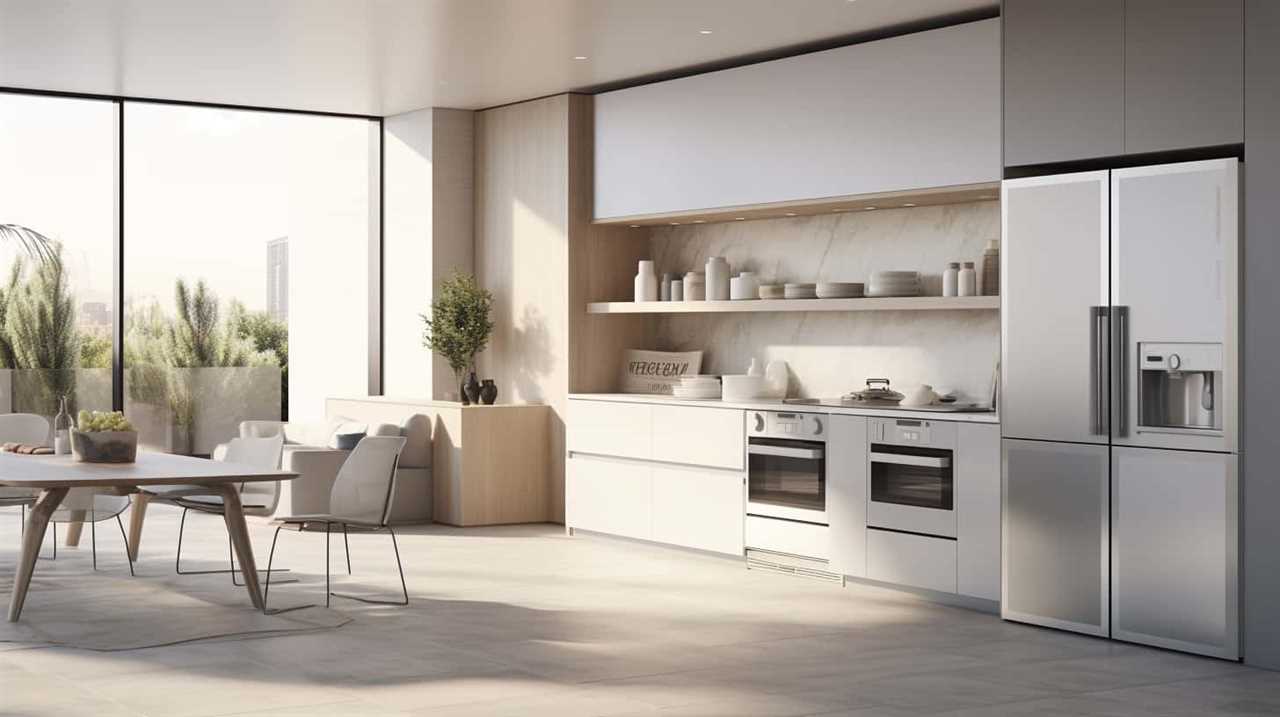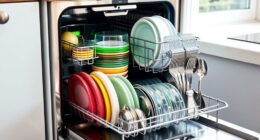We have noticed a notable change in consumer buying patterns regarding smart home appliances. Specifically, there is a growing interest in smart appliances that provide convenience and effectiveness in our everyday routines.
As consumers strive for mastery over their homes, they are increasingly opting for energy-efficient options that not only reduce their carbon footprint but also lower their utility bills. Additionally, there is a growing preference for connected devices that can be controlled remotely, allowing us to monitor and manage our appliances from anywhere.
Moreover, voice-controlled technology has gained immense popularity, enabling us to effortlessly operate our smart appliances through simple commands. Lastly, automation has been embraced as a means to simplify our lives and enhance convenience.
By decoding these purchasing trends, we can better understand the evolving needs and desires of consumers in the realm of smart home appliances.

Key Takeaways
- Rising demand for smart appliances globally and significant growth in the smart appliances market.
- Consumers prioritize energy-saving features in smart appliances, leading to a shift towards energy-efficient options.
- Increasing preference for connected devices in smart home appliances, enabling seamless connectivity and control.
- Growing popularity of voice-controlled technology in smart home appliances, adding convenience and ease of use.
Rising Demand for Smart Appliances
We are witnessing a surge in the demand for smart appliances in households across the globe. The smart appliances market has experienced significant growth in recent years, driven by advancements in technology and the increasing adoption of smart home solutions. These appliances, equipped with advanced features and connectivity options, offer a range of benefits to consumers, such as enhanced convenience, energy efficiency, and improved functionality.
The rise of smart appliances has had a profound impact on traditional appliances. With the advent of smart technology, consumers are now seeking appliances that can be controlled remotely, provide real-time data, and integrate seamlessly with other smart devices in their homes. As a result, traditional appliances are facing fierce competition in the market, as consumers prioritize the added convenience and efficiency offered by smart appliances.
This shift towards smart appliances is also driven by the growing awareness of energy efficiency and sustainability. Consumers are becoming more conscious of their carbon footprint and are actively seeking energy-efficient options for their homes. Smart appliances, with their ability to monitor and optimize energy usage, not only help reduce utility bills but also contribute to a more sustainable lifestyle. As a result, there’s been a significant shift towards energy-efficient options in the market.
In the next section, we’ll explore this shift in more detail and discuss the various energy-efficient options available in the market today.
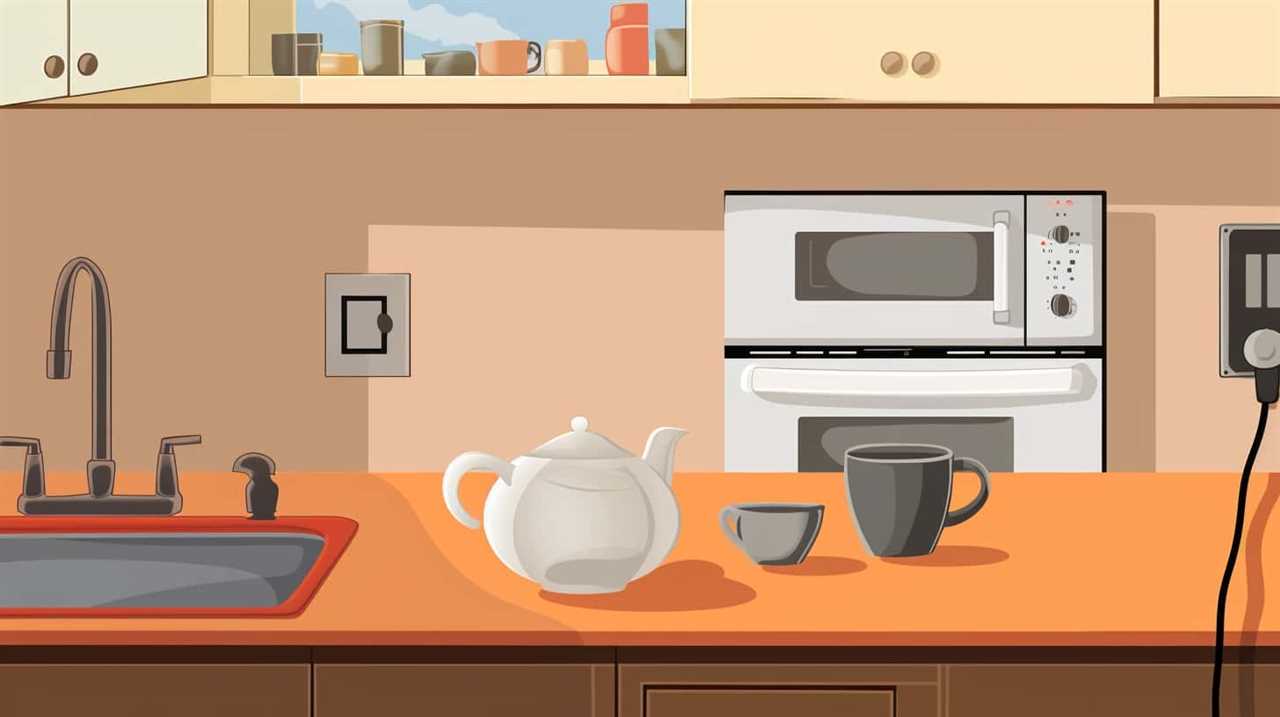
Shift Towards Energy-Efficient Options
Over the past decade, our homes have increasingly shifted towards energy-efficient options in the realm of smart appliances. As consumers become more conscious of their environmental footprint and the need for sustainable living, energy-saving features have become a top priority when it comes to purchasing home appliances.
The demand for energy-efficient smart appliances has been driven by various factors. Firstly, consumers are looking to reduce their energy consumption and lower their utility bills. With the advancements in technology, smart appliances now offer innovative features such as energy usage monitoring and customized settings that optimize energy efficiency. These features allow users to track their energy usage in real-time and make adjustments accordingly, resulting in significant energy savings over time.
Furthermore, government initiatives and regulations promoting sustainable living have also played a crucial role in the shift towards energy-efficient options. Many countries have introduced energy efficiency standards and labeling programs to guide consumers in making informed choices. These programs provide consumers with information about the energy consumption and efficiency of different appliances, empowering them to select products that align with their sustainability goals.
Increasing Preference for Connected Devices
Driven by the increasing demand for energy-efficient options, consumers are also showing an increasing preference for connected devices in the realm of smart home appliances. This shift towards smart home integration and the Internet of Things (IoT) allows for seamless connectivity and control over various household appliances and systems. With connected devices, homeowners can remotely monitor and manage their appliances, creating a more convenient and efficient living environment.
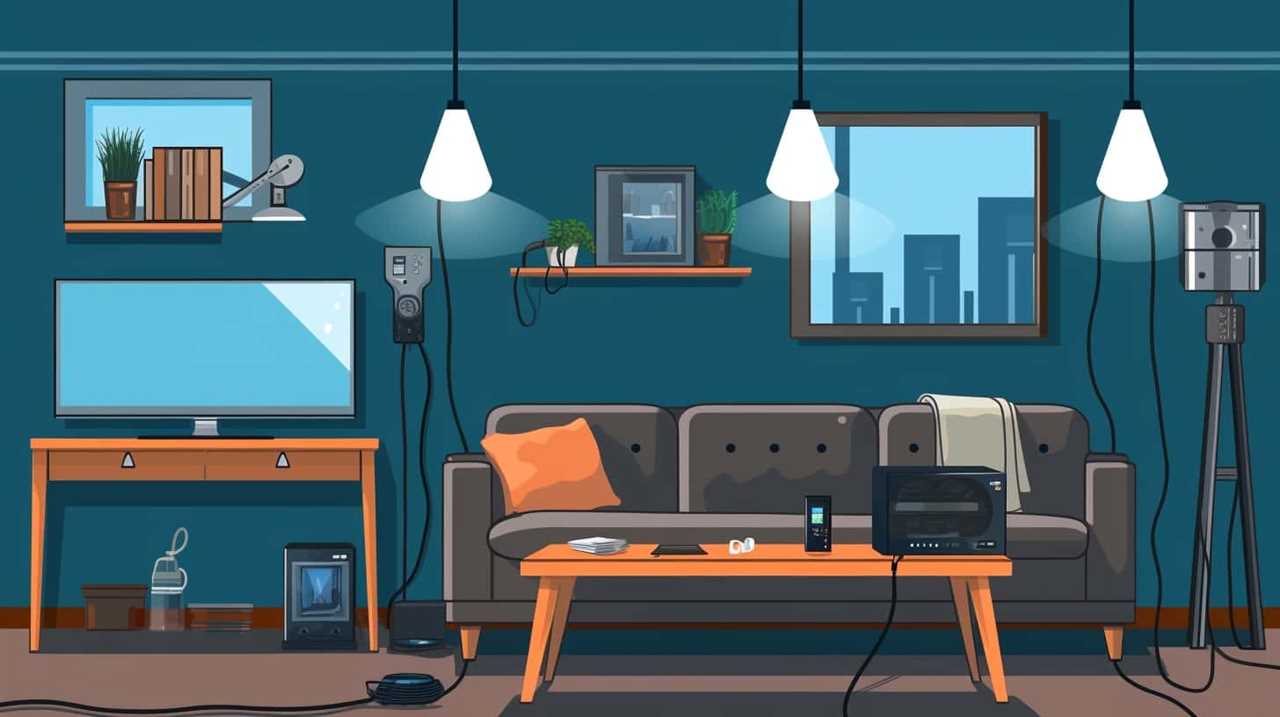
To provide a visual representation of this trend, let’s take a look at the following table:
| Connected Devices | Benefits |
|---|---|
| Smart Thermostats | Energy savings, personalized comfort |
| Connected Lighting | Remote control, energy efficiency |
| Smart Security | Increased safety, real-time monitoring |
| Connected Appliances | Enhanced functionality, automation |
As the table illustrates, connected devices offer a range of benefits, from energy savings to increased safety and convenience. With smart thermostats, homeowners can save on energy costs while enjoying personalized comfort. Connected lighting allows for remote control and energy efficiency, while smart security systems provide real-time monitoring and enhanced safety. Additionally, connected appliances offer enhanced functionality and automation, making daily tasks more efficient and convenient.
As we delve further into the realm of smart home appliances, it becomes evident that the increasing preference for connected devices is just one aspect of the evolving landscape. Transitioning from connected devices, the subsequent section will explore the growing popularity of voice-controlled technology.
Growing Popularity of Voice-Controlled Technology
Moving further into the realm of smart home appliances, it’s increasingly common for consumers to embrace the convenience and efficiency of voice-controlled technology in their daily lives. Voice-controlled assistants, such as Amazon’s Alexa and Google Assistant, have gained significant popularity due to their seamless integration with smart home ecosystems.
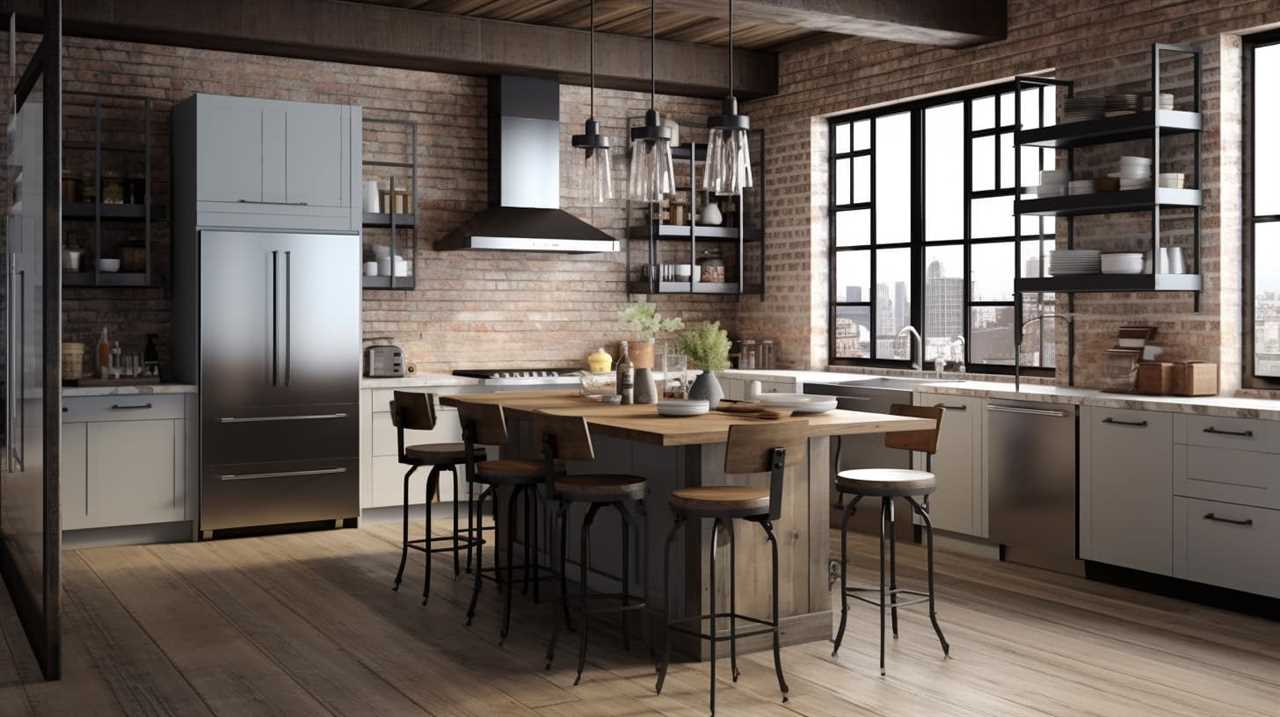
Here are four reasons why voice-controlled technology is becoming a must-have for consumers:
- Enhanced convenience: With voice-controlled assistants, users can easily control various smart home devices, such as thermostats, lights, and security systems, through simple voice commands. This eliminates the need for manual controls or smartphone apps, providing a more effortless and convenient user experience.
- Time-saving efficiency: Voice-controlled technology allows users to perform tasks quickly and efficiently. Whether it’s setting timers, creating shopping lists, or even ordering groceries, voice commands make everyday tasks more efficient, freeing up time for other activities.
- Accessibility for all: Voice-controlled assistants offer a hands-free experience, making them particularly beneficial for individuals with disabilities or limited mobility. They provide an inclusive solution that enables everyone to interact with smart home appliances and enjoy the benefits of automation.
- Integration with smart home ecosystems: Voice-controlled assistants seamlessly integrate with other smart home devices, creating a cohesive and interconnected ecosystem. This integration allows users to control multiple devices simultaneously, creating a truly smart and automated living environment.
As the demand for smart home appliances continues to grow, the popularity of voice-controlled technology is expected to rise. Its convenience, efficiency, accessibility, and integration capabilities make it a valuable addition to any modern home.
Embracing Automation for Convenience
We find automation to be highly convenient. The integration of automation in smart home appliances has revolutionized the way we live our daily lives. With the advancement of technology, automation benefits have become increasingly evident.
Automation has simplified tasks and saved us time and effort. For instance, automated thermostats adjust the temperature in our homes based on our preferences, ensuring optimal comfort without manual intervention. Smart refrigerators can create shopping lists based on our consumption patterns, eliminating the need for manual list-making. These examples demonstrate how automation has had a significant impact on daily life, making it more efficient and seamless.

Furthermore, automation has also brought about increased energy efficiency. Smart home appliances can intelligently regulate energy consumption, resulting in lower utility bills and a reduced carbon footprint. For example, automated lighting systems can detect when a room is unoccupied and automatically turn off the lights, saving energy without our active involvement. This not only benefits us financially but also contributes to a sustainable future.
Frequently Asked Questions
What Are the Current Market Shares of Different Smart Home Appliance Brands?
Market trends and consumer preferences play a significant role in determining the current market shares of different smart home appliance brands. These factors influence the purchasing decisions of consumers, who may prioritize certain brands based on factors like reputation, features, and price.
How Do Smart Home Appliances Impact the Overall Energy Consumption of Households?
When it comes to smart home appliances, we can’t ignore the impact they’ve on our overall energy consumption. These innovative devices are a game-changer in terms of energy efficiency and cost savings.
What Are the Security Risks Associated With Connected Devices in the Smart Home?
Privacy concerns and data breaches are some of the security risks associated with connected devices in the smart home. These risks arise due to the constant collection and transmission of personal data by these devices.
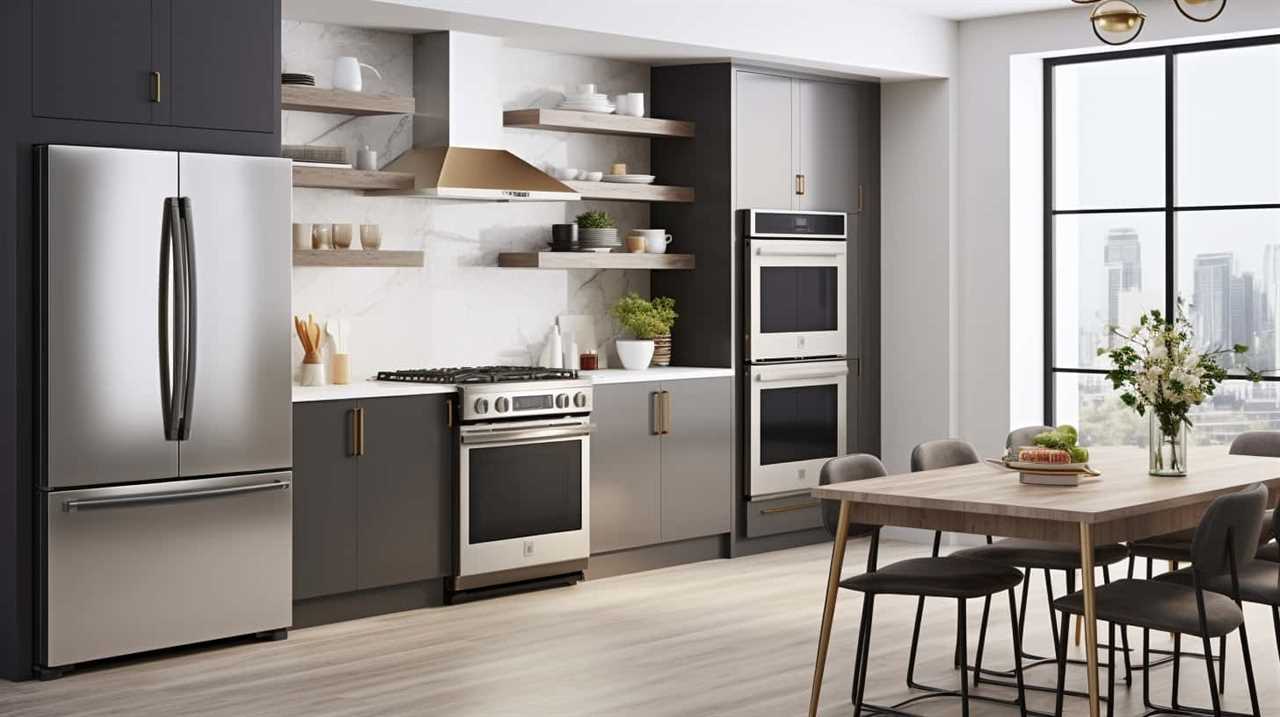
Privacy concerns arise from the potential misuse or unauthorized access to this data, while data breaches pose a risk of sensitive information being exposed or stolen.
It’s crucial for consumers to prioritize security measures and stay informed about the risks to ensure a safe and protected smart home environment.
How Do Voice-Controlled Technologies Enhance the User Experience of Smart Appliances?
When it comes to enhancing convenience and improving accessibility in the realm of smart appliances, voice-controlled technologies take the crown.
These cutting-edge features allow users to effortlessly control their appliances with just a few spoken words. With the power of voice commands, one can adjust settings, start or stop functions, and even receive real-time feedback.
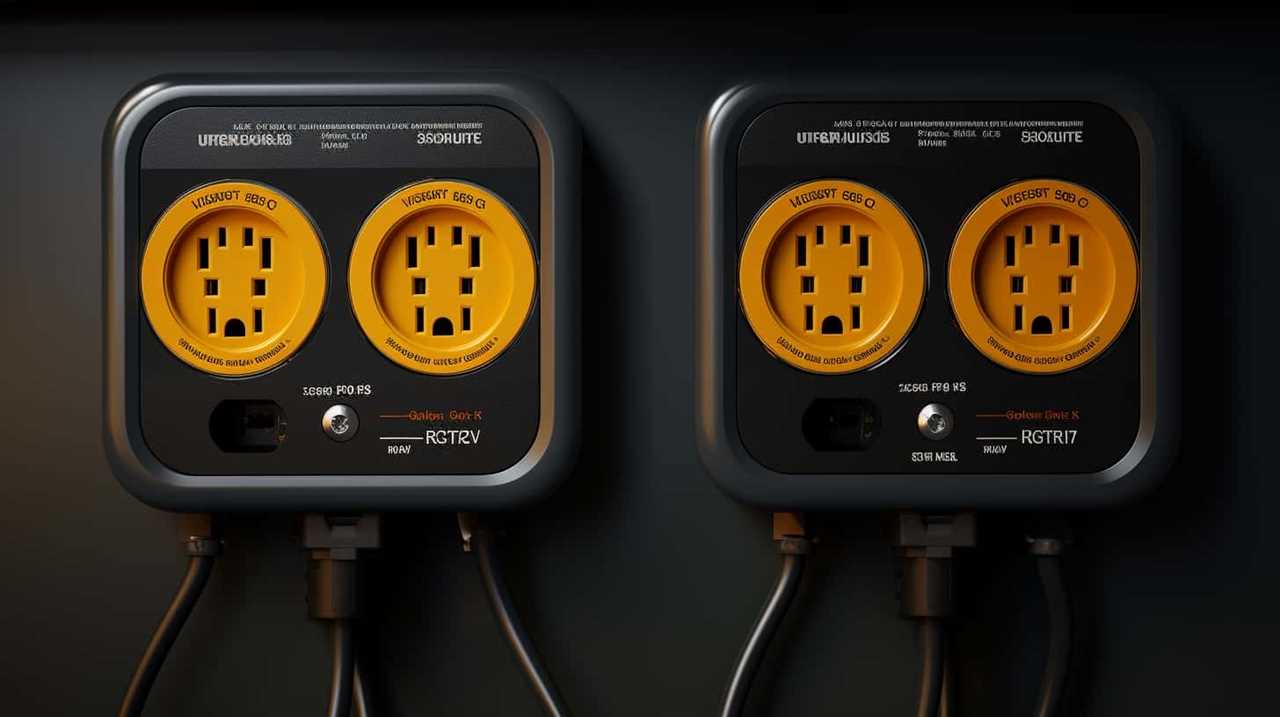
It’s no wonder that voice-controlled technologies have become a game-changer, providing an unparalleled user experience in the world of smart home appliances.
What Are the Potential Drawbacks or Challenges of Embracing Automation for Convenience in Smart Homes?
When it comes to embracing automation for convenience in smart homes, there are potential drawbacks and challenges to consider.
Privacy concerns are a major factor, as automation requires collecting and analyzing personal data.
Additionally, there’s the potential for job displacement as automation takes over certain tasks.

These challenges highlight the need for careful consideration and implementation of automation in smart homes to ensure both convenience and privacy are maintained.
Conclusion
In conclusion, it’s evident that consumer purchasing trends in smart home appliances are evolving rapidly.
The demand for these appliances is on the rise, with a clear shift towards energy-efficient options and an increasing preference for connected devices.
Furthermore, the growing popularity of voice-controlled technology and the embrace of automation for convenience are shaping the future of smart homes.

By understanding these trends, manufacturers and retailers can better cater to the evolving needs and desires of consumers.

